 |
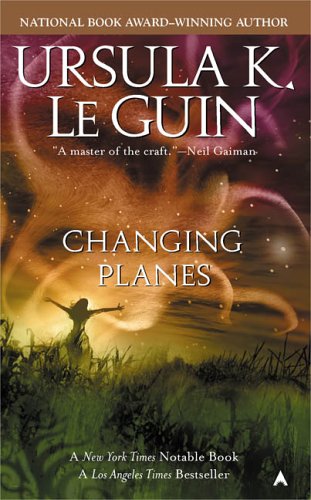 |
Guest post written by Carissa Harwood.
The radical notion that women like good movies
 |
 |
Guest post written by Carissa Harwood.
 |
| Cast of Firefly and Serenity |
Guest post written by Janyce Denise Glasper.
“Why do you keep writing strong female characters?”
“Because you’re still asking that question,” Joss Whedon quips.
 |
| The women of Firefly and Serenity — L-R: Jewel Staite (Kaylee), Summer Glau (River), Morena Baccarin (Inara), Gina Torres (Zoe) |
 |
| Zoe (Gina Torres) |
“Love. You can learn all the math in the ‘verse… but you take a boat in the air that you don’t love… she’ll shake you off just as sure as the turn of the worlds. Love keeps her in the air when she ought to fall down… tells you she’s hurting before she keels. Makes her a home.”
 |
| Kaylee (Jewel Staite) |
 |
| Inara (Morena Baccarin) |
Serenity means the state of being calm and untroubled — Inara Serra embodies the definition. The poised, tranquil companion, or in other words a courtesan, has illustrious skills beyond sensual grace. Softly spoken and wisely engaged, she battles with tongue more so than weapon. An expert with combat and a bow and arrow and often a vital aide in fighting the good fight, she gets knocked around a bit, but that doesn’t stop her from continuing to join in the battle of Malcolm verses The Operative, licking her wounds and going back for more to protect nearly brutally defeated captain.
 |
| River (Summer Glau) |
 |
| The women of Firefly and Serenity — L-R: Gina Torres, Summer Glau, Morena Baccarin, Jewel Staite |
While Fry takes the reins of the group on the deserted planet by default, the one thing that drives her bravery is her terrible mistake — attempting to eject the passengers in cryogenic sleep to lighten the load of the spaceship before it crashed, stopped from doing so by the more conscientious navigator who died as a result, earning her a lot of resentment from the group, their mistrust eventually pushing her to fight for her leadership position more fiercely. I don’t particularly consider that a negative point, I see a person deeply ridden with guilt, antagonists willing her to fail, Riddick keenly watching her every move, reacting to her willingness to risk her safety for the sake of the others with amusement. I see a lot of a pressure on a person who is not particularly skilled to handle the task before her, but she pushes on in spite of that.
 |
 |
| Splice |
 |
| Joan Chorot (Simona Maicanescu) in Splice |
 |
| Clive Nicoli (Adrien Brody) and Elsa Kast (Sarah Polley) in Splice |
Elsa: “You are talking about having a kid.”
Clive: “Is that so unreasonable?”
Elsa: “Yeah, because I’m the one who has to have it…”
Clive: “Come on. What’s the worst that can happen?”
Elsa: “How about after we crack male pregnancy?”
 |
| Elsa (Sarah Polley) in Splice |
 |
| Dren (Delphine Chanéac) and Elsa (Sarah Polley) in Splice |
 |
| Elsa (Sarah Polley) in Splice |
 |
| Dren as male in Splice |
Warning: spoilers ahead!!
Eternal Sunshine of the Spotless Mind is precisely the kind of science fiction movie I like: a film in which the futuristic, scientific aspects are so well integrated into the plot that there is never a moment when the premise is implausible, a moment in which the audience is compelled to step outside the world of the film and remark, “I don’t believe it.” The viewer’s willingness to accept that world, and even to recognize it as her own, is part of what makes the very best films of the genre so disquieting. I realize that this isn’t everyone’s opinion of the genre, but mine was formed young. I was ten when my dad first let me watch Jurassic Park, even though it was released some three years prior. I wasn’t the type of child to watch potentially frightening movies, and he only let me watch it because he wanted me to see a movie with a lead female scientist. Curiously enough –and much to my dad’s surprise – what terrified me wasn’t the CGI dinosaurs, or the deadly snakes and the electric fences, but rather the concept of the film. The fact that it wasn’t so difficult for me to imagine a world in which a place like Jurassic Park could exist. I’d been to zoos and theme parks; Dolly the sheep had just been cloned. I could believe that sometime, in the not-so-distant future, a similar theme park might not be so far-fetched. Consequently, I was petrified. Eternal Sunshine of the Spotless Mind lacks the outright scare value of a film like Jurassic Park or Alien, but still delivers an unsettling punch.
When Eternal Sunshine of the Spotless Mind made its debut, critics and audiences alike were charmed by Charlie Kaufman’s intelligent,engaging screenplay, which marries an enjoyable love story with the kind of philosophical introspection that viewers have come to expect from a Kaufman film. The “spotless mind” of the title, a reference to Alexander Pope’s poem Eloisa to Abelard, refers to the premise of the film: people choosing to alter their memories through Lacuna, a medical company which performs “targeted memory erasure” designed to erase only specific people or events from the patient’s memory. Performed through a mixture of science and art, the procedure relies on “mapping” the subject’s brain when the specific memories are triggered, and then selectively erasing those memories while the patient is sedated. Patients bring any objects associated with the undesired memories to the company, which then disposes of them, so that potential triggers, which could compromise the efficacy of the erasure, are minimized. Similarly, patients’ friends who might inadvertently mention the undesired memories are made aware of the situation and requested not to mention them in the subject’s presence.
 |
| Kate Winslet as Clementine in Eternal Sunshine of the Spotless Mind |
Smart directorial and script decisions carry the argument against Mary further. There’s a vibrancy of color to Clementine’s scenes – even the ones that take place outside of Joel’s memory – that’s wholly absent in Mary’s. Clementine’s clothes, particularly a favorite orange sweatshirt and ever-changing hair color, are more visually arresting than are Mary’s sedate, professional daywear. Clementine’s scenes are marked by a sense of urgency and excitement. Mary’s dancing scene, the only one in which she could be described as“energetic,” has more of a frenzy about it. Clementine is exuberant and effervescent; even Mary’s exuberant moment is tempered by a degree of desperation. She’s only having fun because she’s stoned.
Like Clementine, Mary is the pursuer, not necessarily the pursued, though both have eager men interested in them. In Clementine’s case, Patrick quite obviously pursues her, using questionable techniques involving objects and memories filched from Joel while his memory is being replaced. Mary is the object of Stan’s affection, and it’s even implied that they live together; she only has eyes for Dr. Mierzwiak, whom she attempts to woo with poetry. The film presents Mary’s attempts to charm Dr. Mierzwiak as the counterpoint to Clementine’s successful pursuit of Joel. Where we see an image of empowerment in Clementine’s efforts, the kind of go-get that is frequently attached to male roles, Mary’s are sadly pathetic and desperate. We pity Mary as she recites her quotes to Dr. Mierzwiak and wince along with him when she refers to “Pope Alexander.” He reacts indulgently, as if she’s a child in need of congratulations and encouragement for telling him things he already knows,and so do we. The set up of the shot helps in this regard: Mary is seen from a distance, curled up in an arm chair, while Dr. Mierzwiak is seen in close profile, typing away at the computer to fix errors in Joel’s erasure. She’s superfluous; he’s integral. We are as unimpressed as he is with her quotation-book poetry (and in the end, it’s clear that he might have heard these same quotes during their previous relationship). Given what happens next, Mary’s quote choices are eerily prescient. She’s the one who comments on the beauty of the work, about art and science, in her dreamy voice, and considers what the targeted memory erasure means for their clients, and who ultimately makes the difficult ethical choice to release the company’s files when she discovers the coercion in her own erasure. Why can’t Mary be a thinker, too?
The viewer takes for granted that Clementine will have something of a philosophy, even if that philosophy happens to be, “I’m not a concept,” a phrase which reminds us outright that while it’s tempting, she’s not about to be boxed in to a label denoting her as, for want of better shorthand, an archetypal “Manic Pixie Dream Girl.” She is capable of making that statement about her identity. One never imagines that Mary would to do anything like that, and indeed, the film actively argues against that expectation for her. What’s interesting, however, is that the film originally provided for more of Mary’s back story.
In the cinematic release, Mary never confronts Dr. Mierzwiak about her discovery, so we never have the opportunity to see her speak up for herself, thus denying her character the kind of assertiveness that so characterizes Clementine. With the traumatic discovery of her abortion (at the urging of Dr. Mierzwiak) excised from the film, Mary’s decision to release the documents becomes more of a convenient deus ex machina than a manifestation of her agony: she mails out the files in a fit of pique, motivated by anger, so that there’s a plausible narrative reason for Joel and Clementine to make another attempt at their relationship. It makes for a better, more polished and satisfying ending for the film, but I’m glad that the director’s commentary mentions Mary’s sad tale.
Earlier in Pope’s long poem, he writes: “Though cold like you, unmov’d and silent grown/ I have not yet forgot myself to stone.” If Clementine knows her own mind and her own worth from the outset, Mary figures it out as the film progresses. Despite everything, including the Lacuna intervention-by-brain-damage, Mary manages not to forget herself entirely. The only disappointment with Eternal Sunshine of the Spotless Mind is that the film ends just as we’re starting to find out who she is.
Admittedly, Avatar isn’t my thing, I’m not big on James Cameron or any alien films (not only his), I’ve never been interested in Star Wars or Star Trek (though I have seen enough of both franchises to hold a conversation), so I wasn’t planning on watching Avatar at any point in my life. However, this afternoon, I changed my mind when a free screening became available to me. With my original plans canceled and a spare two and a half hours available, I tucked into James Cameron’s latest film.
Well, Avatar wasn’t what I thought it would be, but it wasn’t any better. I spent most of the first half of the movie developing alternate titles ending with “in space.” “Pocahontas in Space,” “Dances with Wolves in Space,” and “Titanic in Space” all sprang to mind. For the most part, it seems Cameron has taken plots from various other films, thrown them together, dyed it blue, and placed it on the fictitious planet, Pandora, to create a science-fiction retelling of the Pocahontas mythos.
[…]
As much as I would like to sit through a movie like this and enjoy it for what it is (ground-breaking sci-fi entertainment that will go down in history), I simply can’t. James Cameron’s attempt to create a more spiritual, natural, and peaceful society leaves me annoyed that once again this idea is filtered through a white, Western, male member of a patriarchal society. Some theorists will consider Cameron’s Alien trilogy feminist, because of Sigourney Weaver’s empowered Ripley (legend says it was written to be asexual–with casting deciding the character’s sex), but she still has to prove her femininity and womanliness by saving cats and small children. I fear that many feminists will laud Avatar as well–for creating a world where the people worship a female entity (“Eywa”), because the Clan leader’s female mate/wife is as powerful as him, and since the female lead is as empowered as Ripley. However, like Ripley, Neytiri too has her feminine trappings, as her power can be explained away through her heritage.
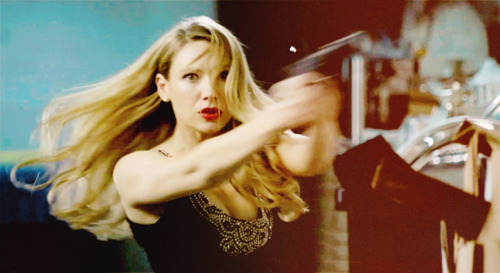 |
| Olivia Dunham (Anna Torv) on Fringe |
She often puts herself in harm’s way to protect those around her and is willing to do anything necessary in the name of justice and fringe science (including having electrical equipment embedded in her skull and then being submerged in an isolation tank.
 |
| Olivia Dunham (Anna Torv) on Fringe in isolation tank |
What I love most is her seemingly inability to be made vulnerable by villains. In several episodes she is rendered unconscious and kidnapped, however, she is hardly ever saved by other people. Although the other members of Fringe are looking for her, she’s the one to smash something against someone’s head or brandish a scalpel as a deadly weapon in order to escape. And it’s not that she busts down doors, guns blazing, but that she knows the appropriate time to do so, or when a lock pick and stealth will suffice.
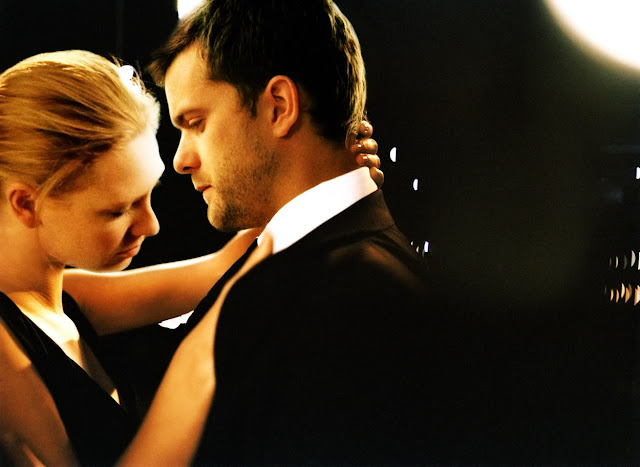 |
| Olivia (Anna Torv) and Peter (Joshua Jackson) on Fringe |
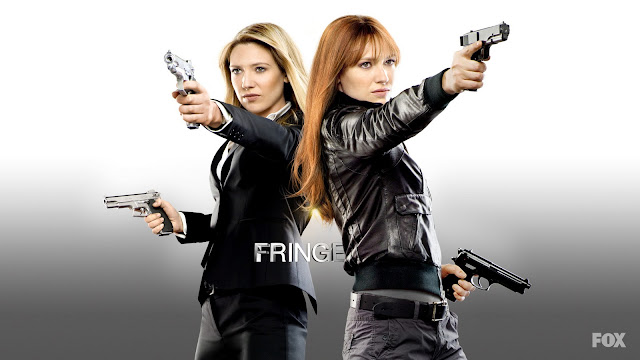 |
| Olivia and Fauxlivia (both played by Anna Torv) on Fringe |
 |
| Falling Skies‘ Margaret |
Guest post written by Paul and Renee.
The wonderful thing about science fiction is that the writers have the opportunity to create a world, which while based on ours, can be markedly different. This means that there should be a place for strong female characters who are not restricted by sexism or forced into a situation in which they must perform femininity on a daily basis to be accepted as ‘woman.’ Despite the freedom of this genre; however, nothing is born outside of discourse, which means of course that we end up with the same sexist tropes repeatedly.
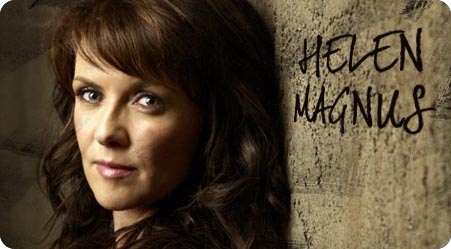 |
| Sanctuary‘s Helen Magnus |
Even when we have strong female characters, they are still not free of damaging tropes. In Continuum, Kiera is strong and is proactive; each week she and her partner Carlos, take turns hunting down the bad guys. Keira is not afraid to get physical if she has to. That sounds great doesn’t it? It would be if that was all I had to say about her, but it seems that once again, a strong female character cannot just be strong. She has to have a vulnerable side and for Keira it’s motherhood. It makes sense that a mother living so far away from her child, would miss her son desperately, but it does not make sense that this sense of loss would turn into her deciding to lecture her grandmother into giving birth and rejecting every legitimate reason she had to have an abortion.
 |
| Continuum‘s Kiera |
 |
||
| Sarah Jessica Parker in I Don’t Know How She Does It |
Guest post written by Kim Cummings. Originally published at her blog Filmmaking, Motherhood and Apple Pie, cross-posted with permission.
 |
| Sarah Jessica Parker and Pierce Brosnan in I Don’t Know How She Does It |
Guest post written by Laura A. Shamas. Originally published at Women and Hollywood, cross-posted with permission.
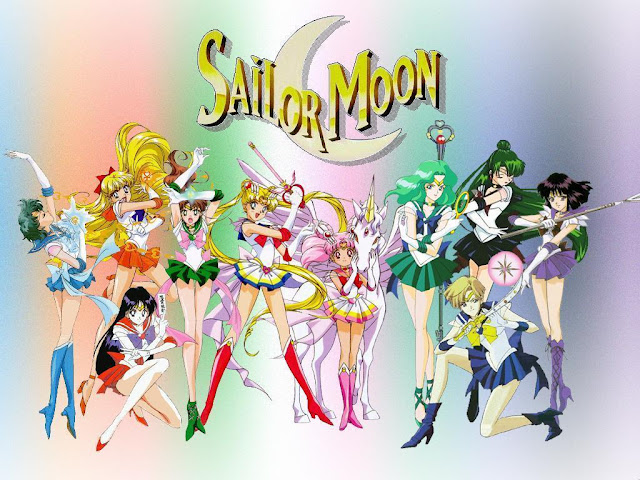 |
| Sailor Moon characters |
Guest post written by Myrna Waldron. Cross-posted from Soapboxing Geek with permission.
This has been a post I’ve been meaning to write for a long time. I’m an absolutely die-hard fan of Sailor Moon, and part of that is because it served as my childhood introduction to feminism. That might be a little bit hard to believe, considering the superheroines of the show are known for outfits not much more revealing than Wonder Woman’s. Silly outfits aside (you get used to them), this show was absolutely groundbreaking. Its protagonists are 10 realistically flawed, individual and talented teenage girls (and women) who, oh, you know. Save the world.
 Sailor Moon/Usagi Tsukino:
Sailor Moon/Usagi Tsukino:
Sailor Mercury/Ami Mizuno:
 Sailor Mars/Rei Hino:
Sailor Mars/Rei Hino:
 Sailor Venus/Minako Aino:
Sailor Venus/Minako Aino: Sailor Chibi-Moon/Chibiusa Tsukino:
Sailor Chibi-Moon/Chibiusa Tsukino: Sailor Pluto/Setsuna Meioh:
Sailor Pluto/Setsuna Meioh:
Sailor Uranus/Haruka Tenoh:
 Sailor Neptune/Michiru Kaioh:
Sailor Neptune/Michiru Kaioh: